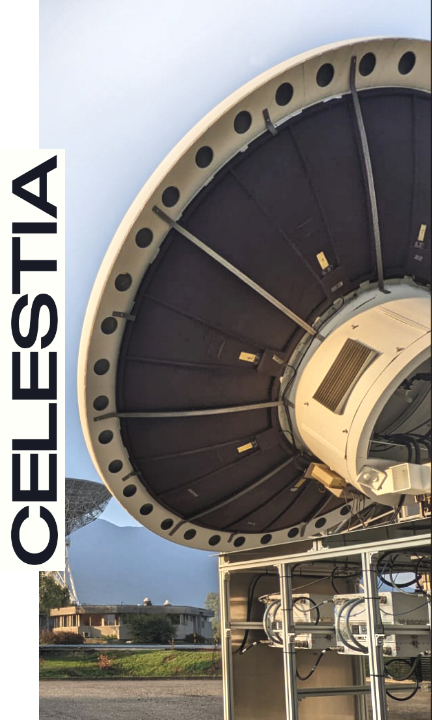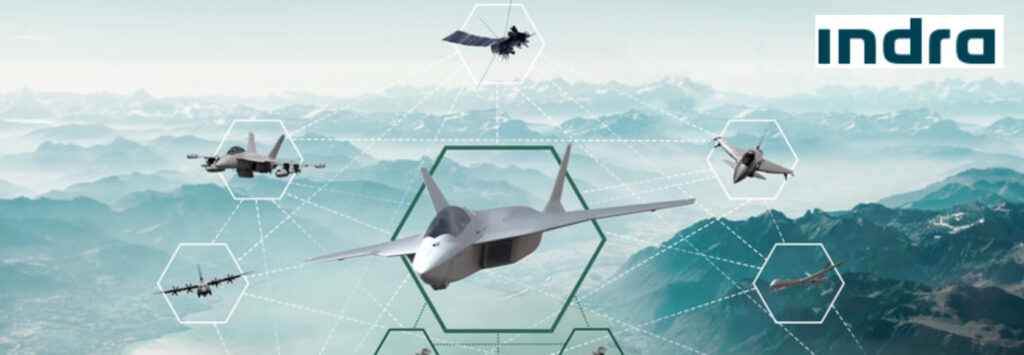
Celestia TTI and Indra have reached a collaboration agreement to jointly develop next generation antennas, enabling them to design advanced communications systems for the Future Combat Air System (FCAS) program.

More specifically, they will work on multi-purpose antennas capable of meeting civil and military needs and bands and establishing links with satellite networks in geostationary, high, medium and low orbits. They will also develop internal links to facilitate the integration of the aircraft’s onboard systems, thereby enhancing the distributed data processing and improving situational awareness.
The NGWS/FCAS is a program driven by Germany, Spain and France as equal partners. These countries have appointed Airbus GmbH, Indra and Dassault Aviation as national coordinators, placing them at the helm of their respective industries.
The purpose of the NGWS/FCAS program is to develop a “system of systems” made up of a fighter aircraft and several unmanned aerial platforms or carriers coordinated by a Combat Cloud, allowing all of the elements of the defence ecosystem to act as a single entity in a combined and collaborative manner. It will be a revolutionary concept that will address the challenges to be faced by defence over the course of the century.
Alejandro Serrano, Indra’s Program Manager, said, “Developing the combat cloud will lead to creating a collaborative space involving multiple air, naval and ground platforms and mark a turning point in the world of defence. The agreement we’ve reached with Celestia TTI will enable us to accelerate its development in the field of communications and explore new concepts and technologies that will shape the future of defence.”
Miguel Peña, Sales Director at Celestia, said, “This strategic agreement will enable the two companies to join forces to move the nationwide industry forward, positioning it as a market leader. Without a doubt, it’s a major opportunity to further the cutting-edge technology we’ve developed at Celestia TTI in the area of next-generation antenna arrays over the years.”
